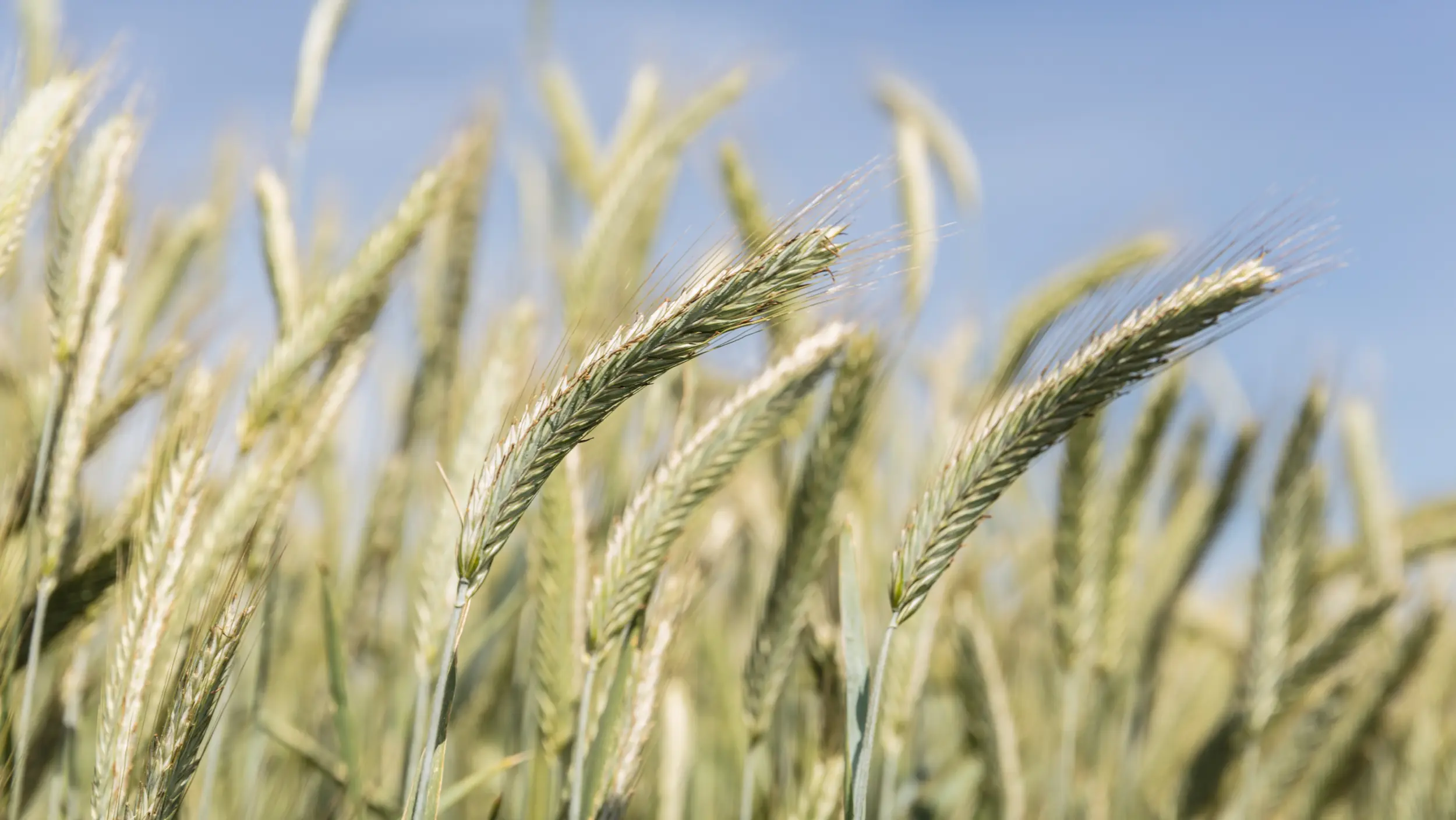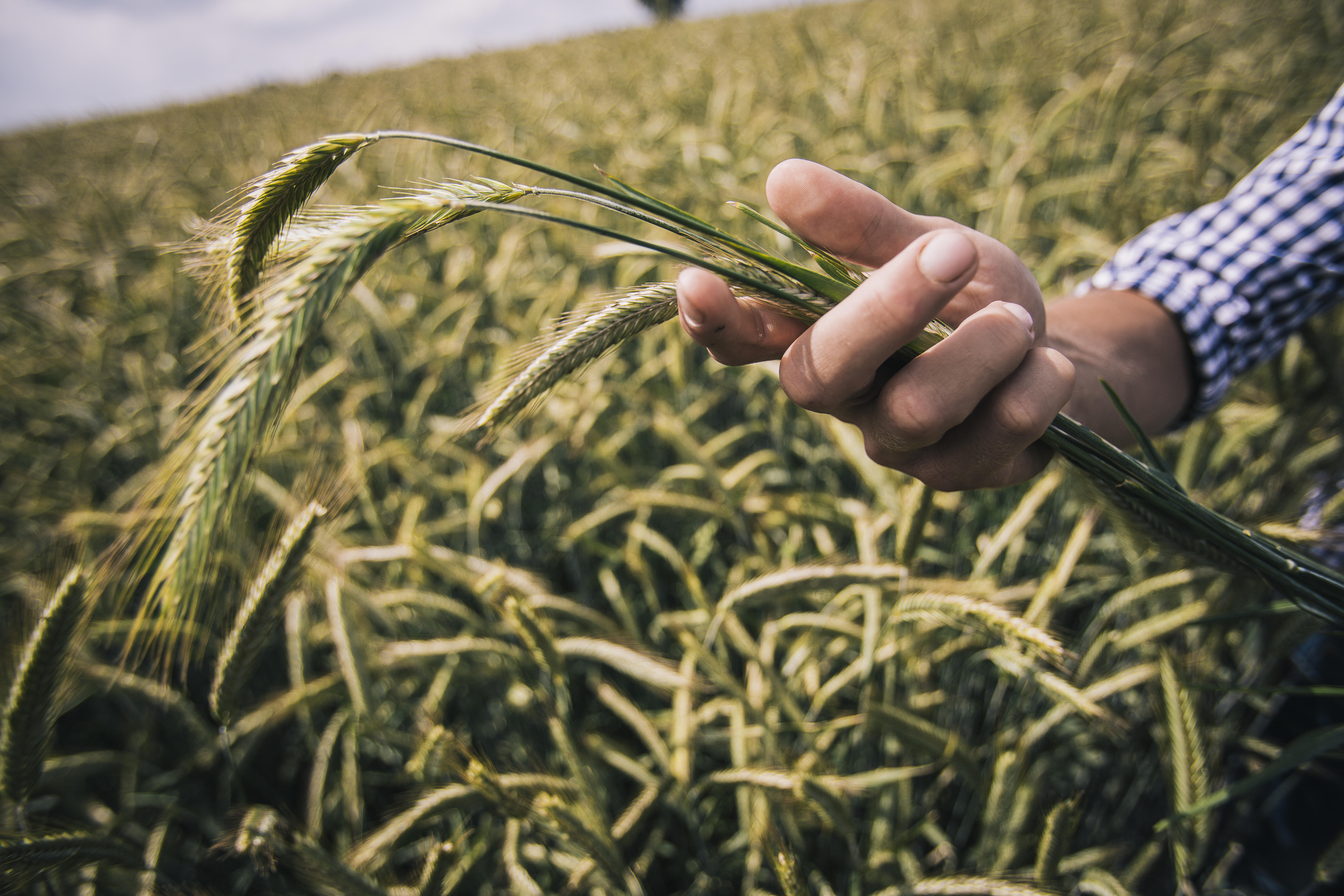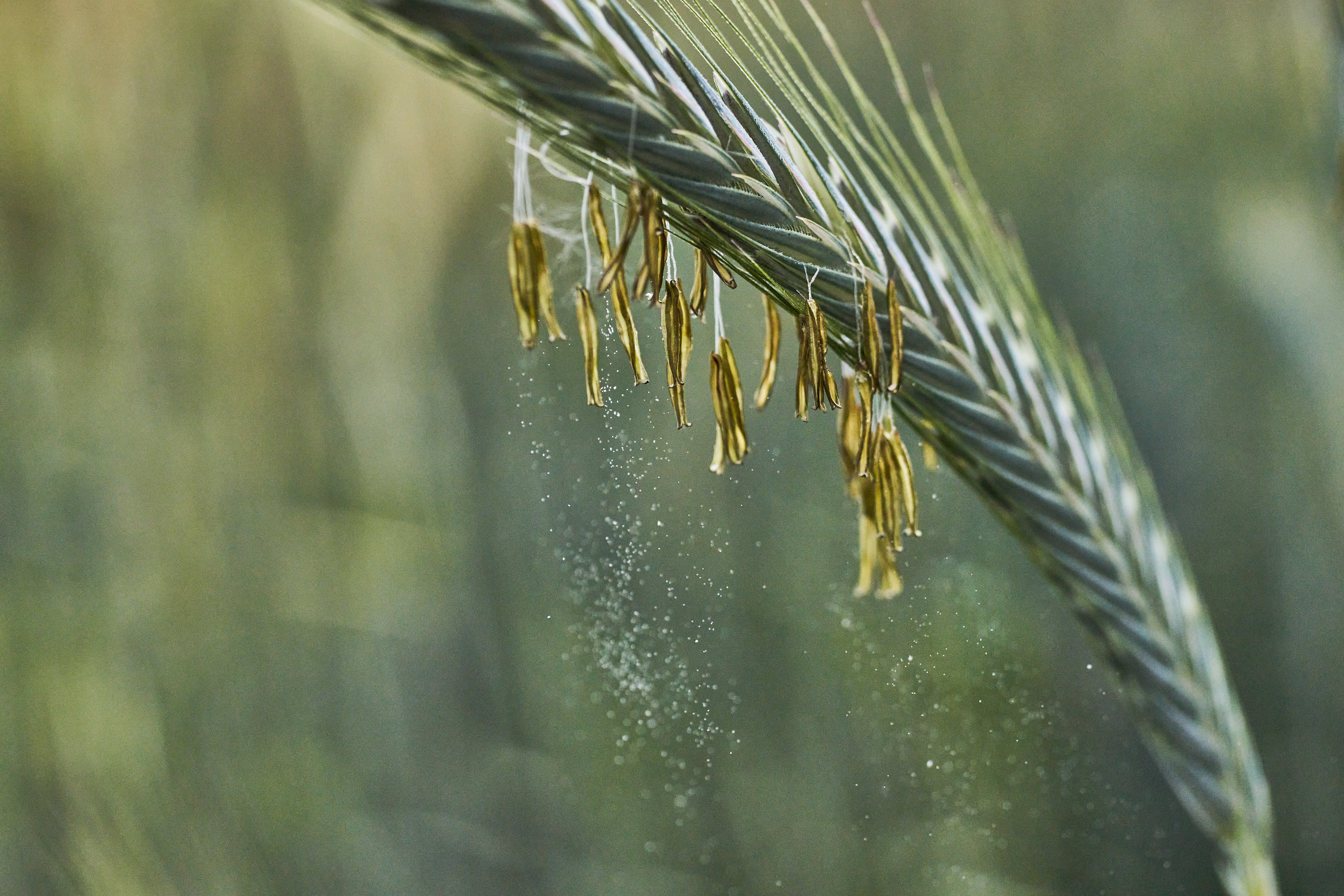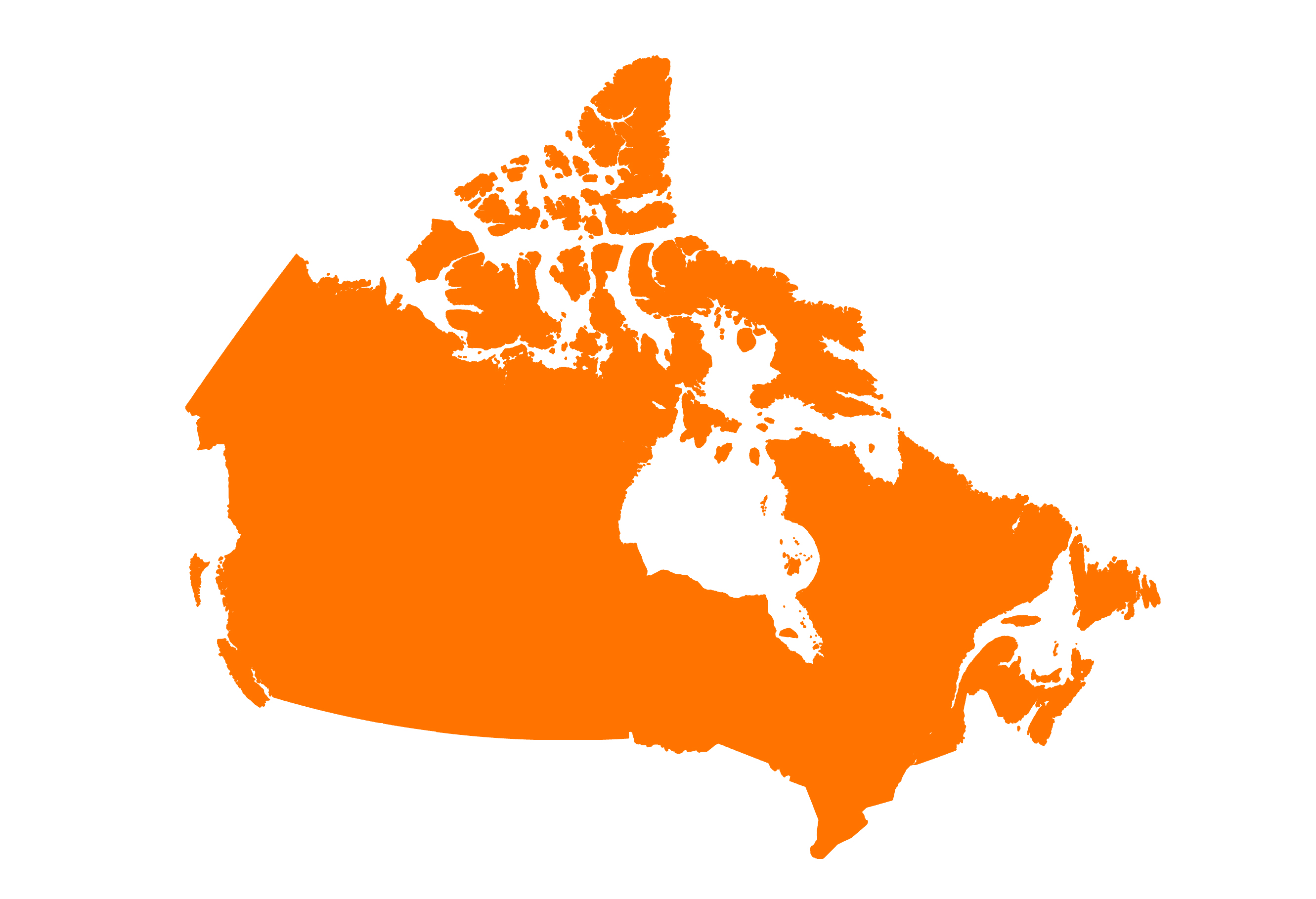-

KWS Hybrid Rye
KWS Hybrid Rye – information about varieties and seeds
Read about our modern rye varieties with PollenPlus(R). In addition to high yields, drought tolerance and nutritional efficiency, rye combines the best properties of sustainable nutrition for both humans and animals. Our hybrid rye varieties also have an extra good resistance to ergot thanks to the PollenPlus (R) technology, as this technology stands for a strong pollen secretion. Immerse yourself in the world of KWS rye and read more about rye, the benefits of cultivation and the characteristics of the individual varieties.
If you have more questions, you are always welcome to contact us.
Variety Overview Hybrid Rye
KWS Innovations for Hybrid Rye
KWS Farmers Programs
Dealer Locations & Information
Detailed list of distributor locations and contacts
| Retail Partners | Location | Contact | Office | Mobile | |
| Court Seeds | Plumas, MB | Tracy Court | 204.386.2354 | 204.212.0349 |
courtseeds@gmail.com
|
| Dauphin Consumers Coop LTD. | Dauphine, MB | Bill Busby | 204.662.6080 | 204.648.7798 | b.busby@dauphincoop.com |
| Dauphin Consumers Coop LTD. | Ste. Rose du Lac, MB | Derek Heise | 204.638.6003 | 431.233.3058 | d.heise@dauphincoop.com |
|
Double Diamond Farm Supply |
Alameda, SK | Tyson Dmytriw | 306.489.0048 | 306.485.9788 |
tyson@doublediamond.mb.ca
|
|
Double Diamond Farm Supply |
Boissevain, MB |
Lance Austin |
204.534.2073 | 204.305.0968 |
lance@doublediamond.mb.ca
|
|
Double Diamond Farm Supply |
Pilot Mound, MB |
Kendall Maxwell |
204.825.2429 | 204.245.0036 |
kendall@doublediamond.mb.ca
|
| Fedoruk Seeds Ltd. | Kamsack, SK | Mike Fedoruk | 306.542.4235 | mike@fedorukseeds.com | |
| Ferndale Farms | Rocanville, SK |
Daryn Woods |
306.645.4423 | 306.435.6631 |
darynw@ferndaleseeds.com
|
| Forage Based Solutions | Coldstream, BC | Mike Witt | 250.558.9577 | mike@foragebased.com | |
| Galloway Seeds Retail Ltd. | Fort Saskatchewan, AB | Dan Visser | 780.998.3036 | 780.918.8274 | dan@gallowayseeds.com |
| Gladstone Co-op | Gladstone, MB |
Haley Schettler |
204.385.2906 | 204.841.8337 | h.schettler@neepawagladstonecoop.com |
|
Hulme Agra Products |
MacGregor, MB |
Lorne Hulme |
204.685.2627 | 204.871.4666 |
lorne@hulmeagra.ca
|
| Jefferies Seeds |
Glenboro, MB |
Cale Jefferies |
204.827.2102 | 204.720.7282 |
jefferies.seeds@gmail.com
|
| JS Henry & Son |
Oak River, MB |
Brendan Brown |
204.745.3304 | 204.303.0189 |
brendan@jshenry.ca
|
| K3 Seed |
Picture Butte, AB |
Klaas Slomp |
403.738.4517 | 403.634.5582 | sales@k3seeds.com |
| Keating Seed Farms | Russell, MB |
Nolan Frieze |
204.773.3854 | 204.821.6137 | nolan@keatingseed.ca |
| Maizex Seeds |
Tilbury, ON |
Stephen Denys |
519.682.1720 | 519.358.3370 | stephen.denys@maizex.com |
| Neepawa Co-op |
Neepawa, MB |
Braden Koroscil |
204.476.3456 | 431.351.0043 | b.koroscil@neepawagladstonecoop.com |
| New Era Ag Technologies Inc | Swan River, MB | Dennis Badowski | 204.734.6222 | 204.281.0668 | neweradennis@gmail.com |
| Petruic Seed Company inc. | Avonlea, SK | Nick Petruic | 306.868.2240 | petruicseedco.sales@gmail.com | |
| Pitura Seeds | Domain, MB |
Laird Lampertz |
204.736.2849 | 204.470.2928 | laird@pituraseeds.ca |
| R-Way Ag | St.Claude, MB |
Guy Rouire |
204.379.2582 | 204.745.8425 | guy@rwayag.com |
| Red River Seeds | Morris, MB |
James Carriere |
204.746.3059 | 204.471.3033 | james.carriere@plantpioneer.com |
| RJP Seed | Carman, MB |
Sherry Woods |
204.745.3304 | 204.750.1462 | sherry.woods@rjpseed.com |
| Rutherford Farms | Grosse Isle, MB |
Corey Park |
204.467.5613 | 204.461.1631 | corey@rutherfordfarms.ca |
|
Sierens Seed Service |
Somerset, MB | Joe Sierens | 204.744.2883 | 204.825.8585 | csierens@mts.net |
| Sollio Agriculture | Québec City, QC | Luc Roger | 450.670.2231 | 418.952.3978 | luc.roger@sollio.ag |
| Toman Ag Ventures | Guernsey, SK | Randy Toman | 306.365.8386 | randy@tomanag.ca | |
| Quattro Ventures | Bow Island, AB |
Nathan Nieboer |
403.545.2222 | 403.878.2797 | nathan@quattrofarms.com |
| Wylie Seed and Processing Inc | Biggar, SK | Dale Wylie | 306.948.6045 | d.wylie@sasktel.net |
Hybrid Rye Media Center Visit to find more KWS Hybrid Rye News & Media

Expert knowledge of farming
From sowing to harvesting, KWS advises you on important agricultural issues. In addition to our useful tools and calculators, we have combined our expert knowledge and experience with sowing, plant growth management or harvesting to support you in your decision-making.
learn more




